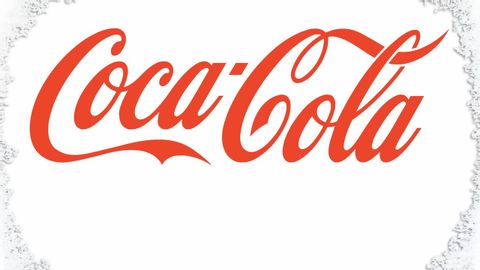【英語で雑学】サンタクロースはどのようにして誕生したの?
VoiceTube が 2012 年 12 月 24 日 に投稿  この条件に一致する単語はありません
この条件に一致する単語はありません- n. (c./u.)人間社会;世界;世界;宇宙;分野
- n. (c./u.)シーツ;薄板;平たく広い表面;紙切れ
US /ɪ'vɒlvd/
・
UK /ɪ'vɒlvd/
- v.t./i.進化した;進化した;進化する;変遷する
- adj.進化した
- v.t.郵送する;投稿する;位置につかせる;掲示する
- n. (c./u.)投稿;柱;役職;持ち場
エネルギーを使用
すべての単語を解除
発音・解説・フィルター機能を解除

